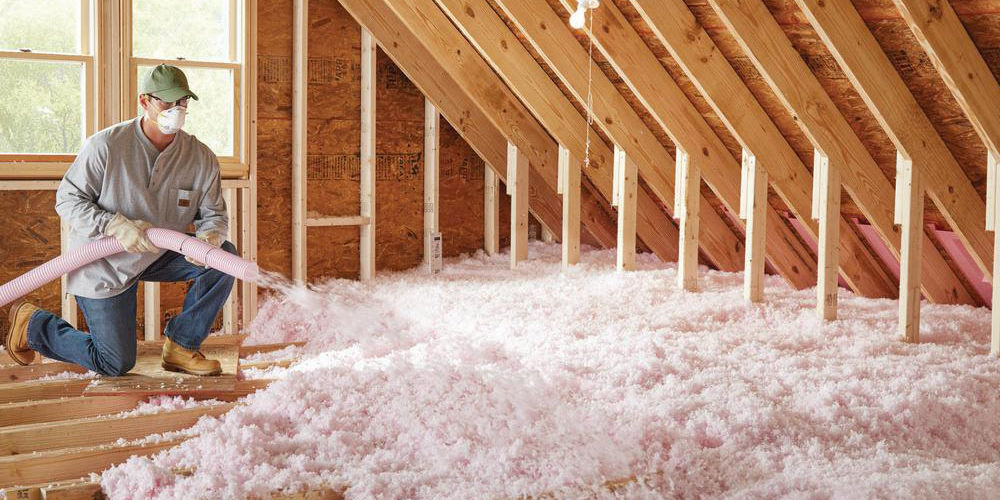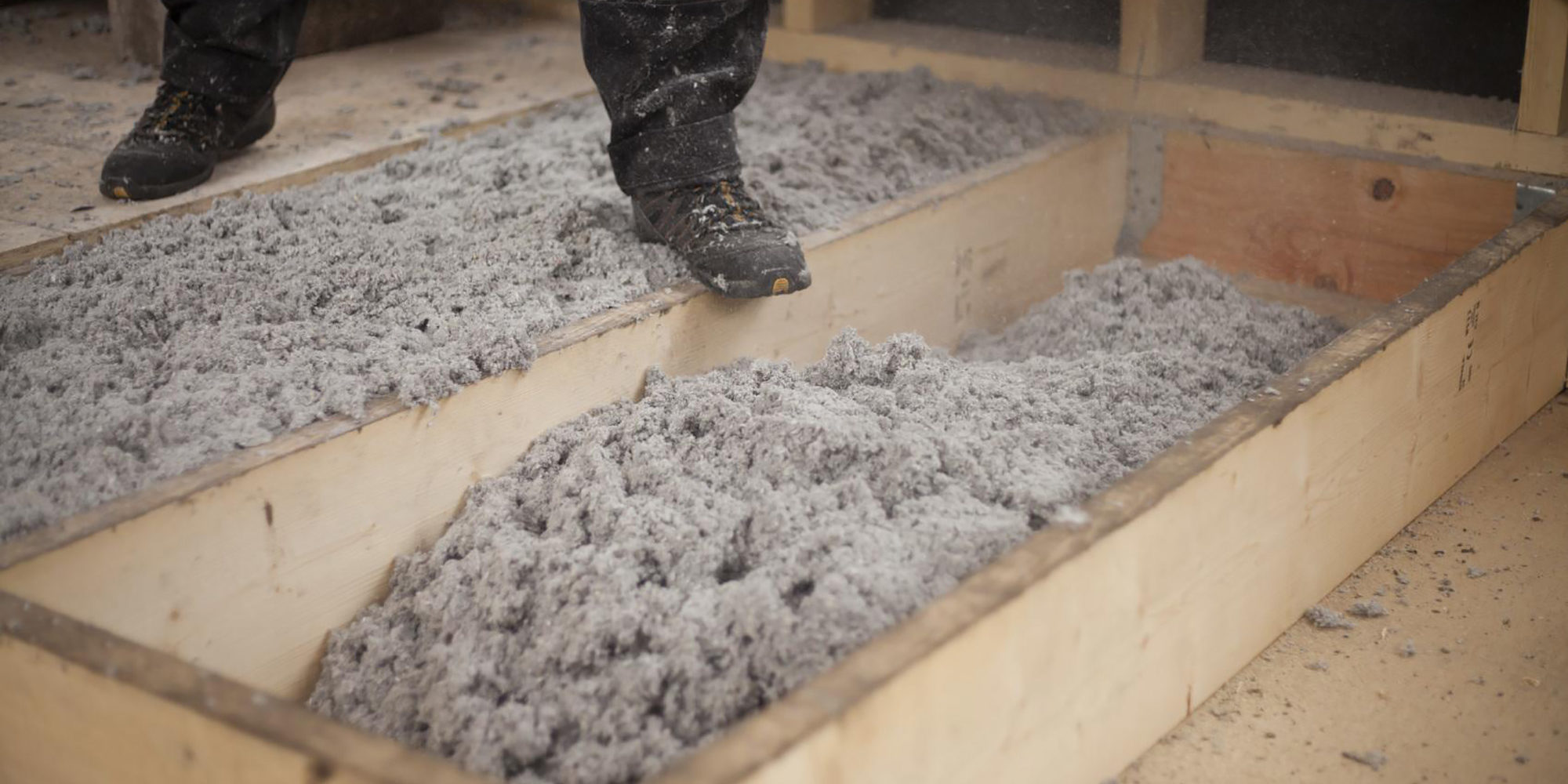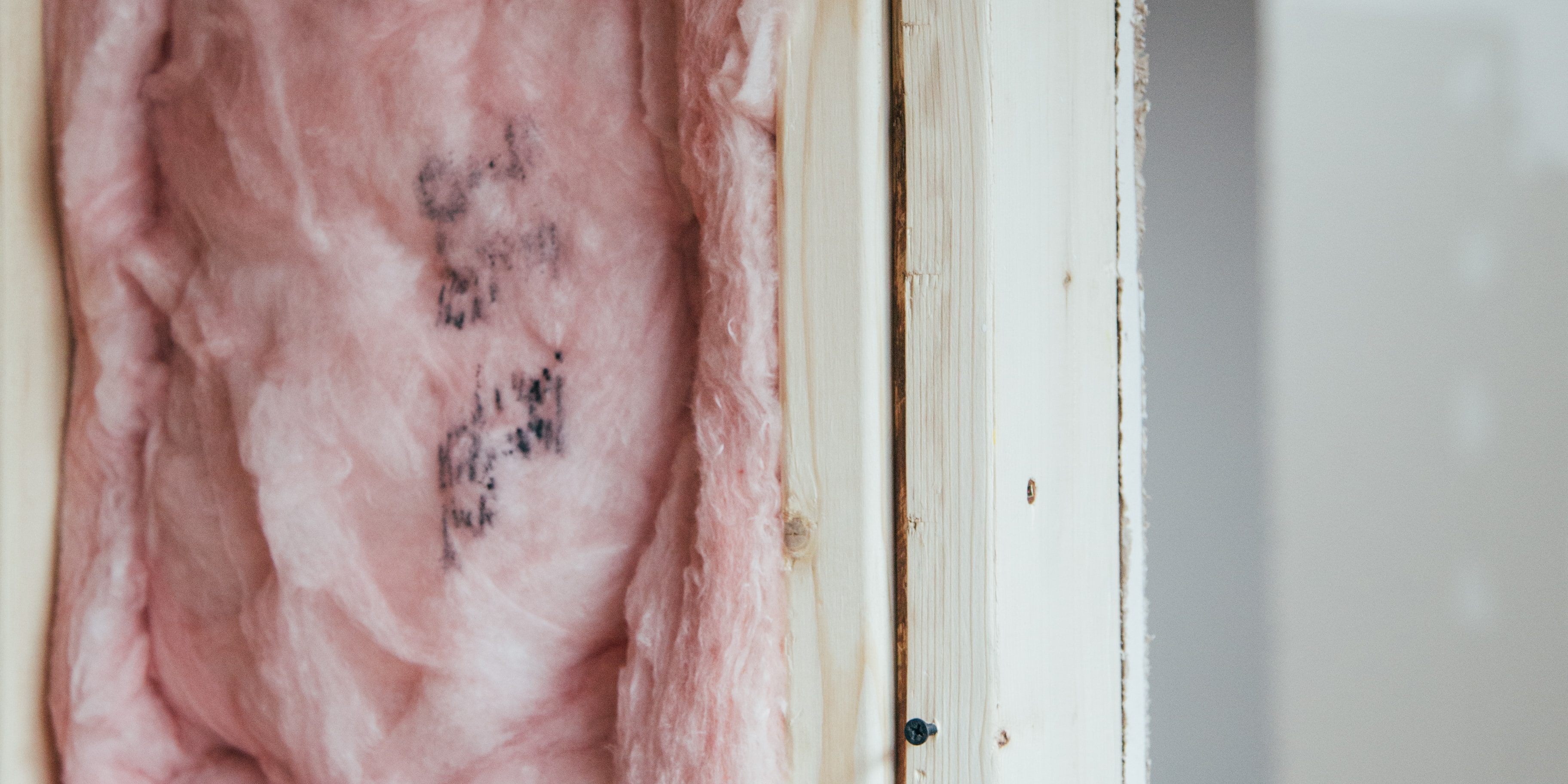SPRAY FOAM INSULATION PITTSBURGH
Keep your home warm and dry with spray foam insulation!


SPRAY FOAM INSULATION
What is Spray Foam Insulation?
Spray foam insulation is developed from two types of composite materials, polyurethane and isocyanate. When combined, these two materials chemically react to each other and cause their combined substance to expand and harden. During the installation process, both materials are simultaneously sprayed from the tip of a spray foam gun, allowing them to expand and form a protective layer of spray foam insulation over the desired area.
There are two types of spray foam insulation - open-cell and closed-cell. Open-cell spray foam is more dense than closed-cell spray foam insulation, and is spongy to touch. This gives it an effective sound dampening effect. It is less expensive than closed-cell spray foam insulation.
Closed-cell insulation, while more expensive than open-cell, has its own list of amazing benefits.
Benefits of Closed-Cell Spray Foam Insulation
1. Powerful Insulator
Spray foam insulation works far better than other popular types of insulation. Because of its expansive nature, spray foam tightly seals all nooks and crannies that otherwise would have been left exposed. Spray foam’s resistance value, or its ability to provide an air-tight seal, ranked at R-6, the highest rank on the market today.
2. Incredible Energy Savings
Because spray foam in such a powerful insulator, families and businesses have actually been able to save a significant amount on their energy expenses. Spray foam insulation has shown to provide energy savings at an average of 50% or more, unlike other types of insulation that average a savings rate of about 30%.
3. Air-tight Seal
Spray foam insulation is uniquely capable of thoroughly sealing holes and cracks in your attic or crawl space. Air leaks are often one of the biggest reasons for high energy bills. Spray foam insulation creates a powerful airtight seal that has shown to be 24 times less permeable to air infiltration than other types of insulation.
4. Moisture Barrier
Holes and cracks in your walls and crawl space can allow entrance to more than just air. Water and moisture can gain access to these areas through exposed cracks and holes if not sealed.
Spray foam insulation is impermeable to water. This means that not only will spray foam thoroughly seal and protect your attic and crawl space from airborne moisture and leaks, but if flooding should occur in the area, spray foam insulation will not absorb the water like other materials will.
5. Deters Mold
Spray foam is not only water resistant, but it is composed of an inert polymer that provides no source of food for mold or bacteria. Homes that are insulated using closed-cell insulation are better protected against mold and mildew.
6. Long Life-Span
The inert polymer that spray foam insulation is comprised of allows it to have an indefinite lifespan. This allows homes and businesses to enjoy the benefits of spray foam insulation for years on end before needing to re-insulate. Businesses and families that invest in spray foam insulation can actually save money over the course of 20 years or more because of spray foam’s unique ability to perform at optimal levels for extended periods of time.
7. Eco-Friendly
One of the most common inquiries made about spray foam insulation is if it is eco-friendly. Our answer is yes! There are several reasons for this.
- Spray foam helps reduce energy consumption and create a ‘green’ household.
- Protects against moisture and mold growth
- Designed to last indefinitely, producing fewer consumed materials
Spray foam insulation is one of the best insulation methods crawl space and attic experts have seen so far. At Eco Spray Solutions, we are committed to providing quality insulation services, using only high quality materials. We would love to help you insulate your home with spray foam insulation so that you can start reaping the benefits. For more information, feel free to give us a call or fill out our contact form.
BLOWN FIBERGLASS INSULATION
Fiberglass has been the popular choice for insulating homes for several decades. It consists of plastic filaments fortified with recycled glass spun into fibers. The glass slows the spread of heat, cold, sound and can reduce residential energy costs by up to 40%. Because fiberglass is glass, it is moisture-resistant. It does not host an environment that promotes fungus or mold growth.
For blown fiberglass insulation, a specially-designed electric blower is used to install fibers or pellets of insulation, and offers several advantages:
- Allows installers to blow loose insulation fibers with the correct depth and density for optimum coverage
- Provides a convenient delivery system for attics where there’s low headroom clearance
- Fills gaps and spaces on the unfinished floors that many attics have
- Coverage is especially useful in attics with irregular joist spacing, or spaces with a lot of obstructions to work around
- Increases the efficiency of existing insulation because it settles in and fills gaps easily
When properly installed, fiberglass provides an insulating layer that slows the passage of moisture, heat, and sound. Blowing in loose-fill fiberglass also seals air spaces to prevent air movement and heat loss.

BLOWN CELLULOSE INSULATION
Cellulose insulation is a type of wood or paper-based product, and thus considered an eco-friendly home product. It is used to fill empty spaces in the structural part of a house to slow down the transmission of heat or cold. Blown cellulose insulation is designed to be blown onto open walls, much like spray foam.
Blown cellulose has similar advantages to blown fiberglass insulation:
- Allows installers to blow loose insulation fibers with the correct depth and density for optimum coverage
- Provides a convenient delivery system for attics where there’s low headroom clearance
- Fills gaps and spaces on the unfinished floors that many attics have
- Coverage is especially useful in attics with irregular joist spacing, or spaces with a lot of obstructions to work around
- Increases the efficiency of existing insulation because it settles in and fills gaps easily
- *Fits in enclosed areas (such as walls) and can conform around obstructions such as wires and ducts.

BATT INSULATION
Batt insulation (also known as blanket insulation) is generally made of fiberglass and comes in long pieces that are easy and quick for professionals to install, making it one of the least expensive way to insulate a home. Batt insulation is very flexible, which means that it can be installed between studs, rafters and joists blocks without leaving any gaps. The snug fit will help stop airflow and the transfer of heat. When installed correctly, it is very energy efficient.
Batt insulation also maintains its effectiveness because it does not settle over time. Fiberglass insulation is made from sand and recycled glass and as a result, is a natural fire retardant and noise-dampener. Further, batt insulation is often made from recycled materials.

Testimonials
Get In Touch
If you have any questions or concerns about a project, we'd love to hear from you!
